

Intel's Thunderbolt solution basically acts as an internal extension-cord for a computer's internal native PCIe lanes (Peripheral Component Interface Express), and brings them to the outside, thereby opening up a bi-directional, high-speed, proprietary connector capable of carrying a DisplayPort signal. Thunderbolt has the disadvantage of currently supporting only two protocols, DisplayPort, and PCI Express, with no expectation that other protocols will be added in the near future. The required proprietary cables for implementing Thunderbolt connectivity are expensive.
AMD (Advanced Micro Devices) on the other hand, is basing its own Lightning Bolt I/O (Input / Output) technology on the USB 3.0 standard, and it utilizes an almost standard mini-DisplayPort cable incorporating changes on only two of the pins. That means it could plug into the Mini-DisplayPort on your notebook, which is also known as MiniDP or mDP.
When implemented by laptop manufacturers, AMD's single-cable solution will integrate an internal laptop multiplexer (mux) that combines USB 3.0, DisplayPort Video, Ethernet, and power on the previously mentioned almost standard MiniDP cable, at a fraction of the prices currently seen for proprietary Intel-based Thunderbolt solutions. AMD reports their Lightning Bolt components added to a laptop could cost as little as one dollar. The docking station or hub that would accompany that technology is expected to cost about the same amount as a standard USB 3.0 hub.
Laptops with AMD's Lightning Bolt will be produced toward the end of 2012, and because it is still in the roll-out stage, precise speeds are yet to be determined. Because it is based on the USB 3.0 standard, it is inevitable that Lightning Bolt speeds will progress over time, as the USB standard continues to develop.
AMD has said that Intel's Thunderbolt does not substantially outperform currently available I/O technologies, and in some cases offers even lower bandwidth. AMD stated that the total bandwidth claimed for an Intel Thunderbolt channel is a mere 20% higher than one PCI Express 3.0 lane, and just a little more than 50% higher than a single USB 3.0 port.
Another disadvantage for Intel is that notebook manufacturers must use additional controllers to make their laptops compatible with Thunderbolt. As a result there are currently very few devices on the market that can take advantage of the expensive to implement Thunderbolt solution. AMD's Lightning Bolt does not require the multiple controllers or expensive cables required by Intel's Thunderbolt. In 2011 Thunderbolt was introduced as a feature on Apple computer products, and has experienced very little adoption in the marketplace.
When computer manufacturers choose to support Intel's Thunderbolt they are committing to a completely new platform, with a connector that has no backward compatibility, so if you don't have Thunderbolt peripherals and costly proprietary cables, you have a very expensive, and completely worthless port on new laptops.


A disadvantage for AMD's Lightning Bolt is that a hub is required, but that hub is expected to cost about the same amount as a standard USB 3.0 hub. Taking that into consideration, it is still a far more cost-effective solution, with both backward and forward-looking compatibility, and speed improvements related to the ongoing progress of the USB standard.
Perhaps adding more confusion, Intel says Thunderbolt can scale up to higher speeds when the technology is implemented on fiber-optics, but that also seems to apply to the USB standard, and would provide speed increases for AMD's Lightning Bolt as well.
Assessment
USB is a mature standard technology, and it is not going away anytime soon. Hewlett-Packard (HP) already has committed exclusively to USB 3.0, and as a result, the market for Intel's Thunderbolt is decreasing. The cost of implementing Thunderbolt is beyond excessive. Seagate, for example, offers a "Backup Plus" external hard drive with USB 3.0 included, but recently the Thunderbolt upgrade increased the price by more than 82%, and in addition to that, the required proprietary cables are costly.
When AMD's Lightning Bolt products first start appearing toward the end of 2012, that technology's claims to fame will be its backward and forward compatibility, low cost, and most of all, USB 3.0, DisplayPort Video, Ethernet, and power through a single-cable.
"Can't we all just get along?"
AMD might want to consider somehow moving Lightning Bolt partially or completely toward an open source standard. There must be some modus operandi by which they could temporarily limit their primary competitor's access to AMD's Lightning Bolt technology, while making it available for just about everyone else to develop.
Don't ever think for even a minute that the best technologies always win. They frequently don't. A gorilla at the playground can often beat-up the smaller, but very intelligent so-called "nerd". Intel may know their Thunderbolt will fade from the scene in the same way that FireWire has diminished, but it may still be used to keep the smaller "nerd" from getting a decent meal at the cafeteria. Right about now AMD could really use a good, hot meal.

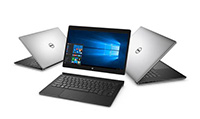 Laptop & Tablet Parts
Laptop & Tablet Parts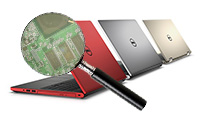


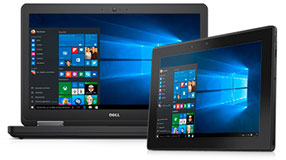


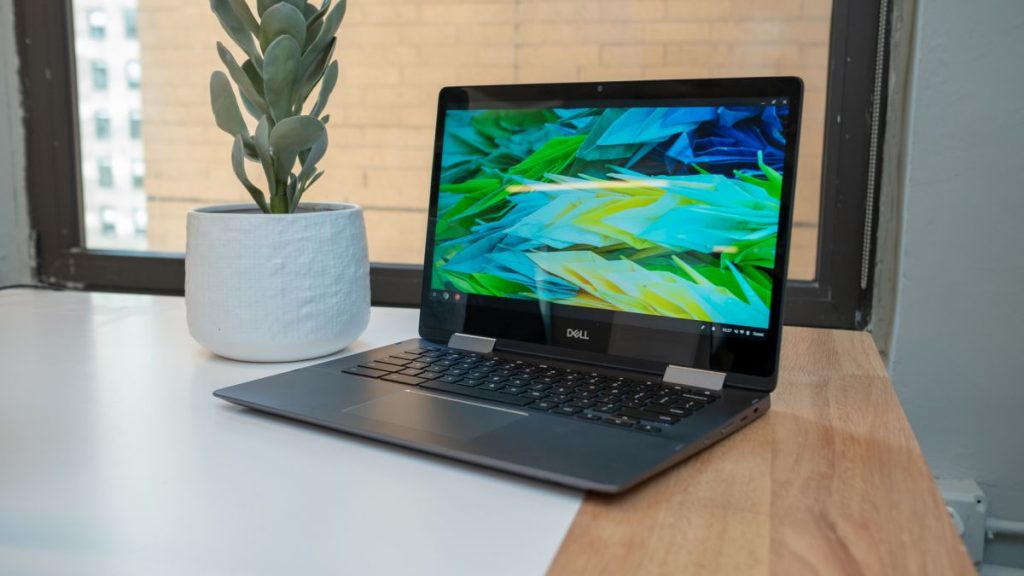
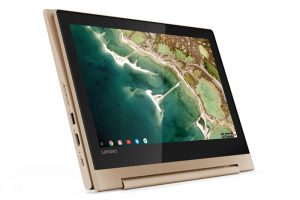


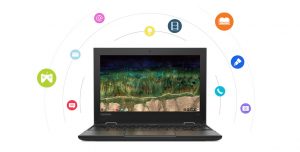

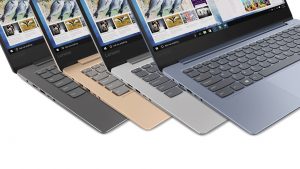

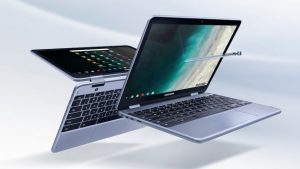



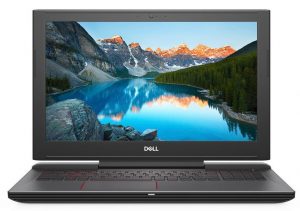

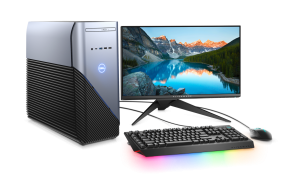

7 Responses to Intel’s Thunderbolt vs AMD’s Lightning Bolt or Just an Open Source Standard?